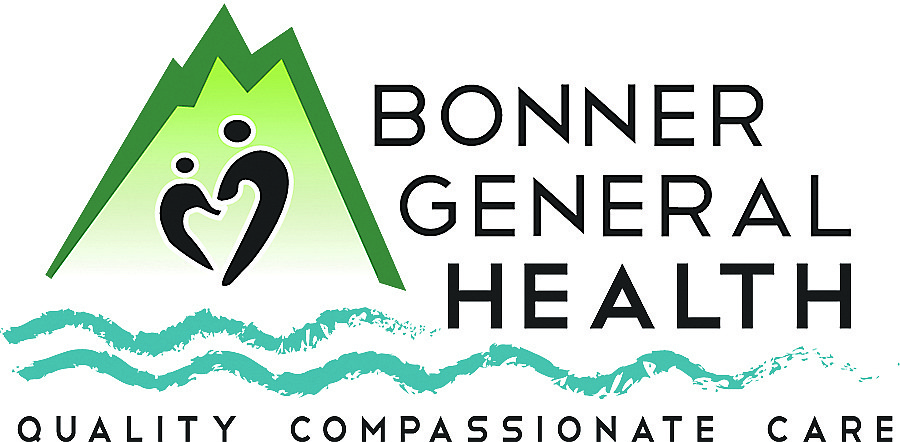Blindness can be preventable
A poll taken three years ago by the Association for Research in Vision and Ophthalmology found that most Americans think losing their vision would most negatively impact their lives.
“It ranked even higher than the loss of other important functions, like memory or speaking. Becoming blind was in the top four “worst things that could happen to you, right alongside diseases with huge life-altering effects, like Alzheimer’s disease and cancer,” the study showed.
But, this fear is one you may never see realized. Because the good news is that in most cases, losing your sight is preventable. It takes keeping your body healthy, tracking any vision changes through regular vision screenings and early detection of complications from diseases, and knowing your genetic risks.
The Centers for Disease Control and Prevention says that the leading causes of blindness and low vision are primarily age-related. These include age-related macular degeneration, cataract, diabetic retinopathy, and glaucoma. The Cleveland Clinic adds that these diseases are often inherited.
“Genetic factors play a role in many kinds of eye disease, including those diseases that are the leading cause of blindness among infants, children, and adults,” Cleveland says.
The CDC identifies nine ways to help protect your vision. It starts with getting a comprehensive dilated eye exam. How often you’ll need an exam will depend on your age, risk factors, and whether or not you currently wear eyeglasses or contact lenses. However, their recommendation is to have an exam every one or two years.
“The U.S. Preventive Services Task Force recommends vision screening for all children aged three to five years to find conditions such as amblyopia (lazy eye) which can be treated effectively if caught early,” the CDC says.
Second, on the list is to know your family history. “Genetic ophthalmologic researchers now have evidence that the most common vision problems among children and adults are genetically determined. The list includes strabismus (cross-eyes), amblyopia, and refraction errors such as myopia (nearsightedness), hyperopia (farsightedness), and astigmatism,” Cleveland explains.
The CDC’s list of things to do at the third and fourth positions is eating right and maintaining a healthy weight. They recommend eating plenty of dark leafy greens such as spinach, kale, or collard greens and fish high in omega-3 fatty acids like salmon, albacore tuna, trout, and halibut. What? No carrots?
Then they say to quit smoking or, better yet, never start. Wear sunglasses that block at least 99 percent of ultraviolet A (UVA) and ultraviolet B (UVB) radiation. CDC will tell you to always wash your hands before taking out your contacts and to clean the lenses properly to prevent infection. I’ll add that you should always make sure your hands are clean before you touch your eyes for any reason.
The ninth and final advice is to practice workplace eye safety. The American Optometric Association says that about 2,000 U.S. workers sustain job-related eye injuries that require medical treatment every day. Of these people, three out of five admitted to not wearing eye protection at the time of injury.
Wearing safety glasses, goggles, face shields, and helmets while working around hazardous materials – projectiles, chemicals, radiation, blood, or body fluids – is a much better choice than losing your vision to an accident. Agree?
And, don’t forget to give your eyes a break. Reading for a lengthy period, particularly on your computer, phone, or tablet, can cause you to forget to blink, and your eyes can get fatigued. Instead, try the 20-20-20 rule: Every 20 minutes, look away about 20 feet in front of you for 20 seconds.
The CDC says that taking care of your eyes can benefit your overall health. “People with vision problems are more likely than those with good vision to have diabetes, poor hearing, heart problems, high blood pressure, lower back pain, and strokes, as well as have increased risk for falls, injury, and depression.”
Reasons to see an eye professional right away include decreased vision, eye pain, drainage, redness in the eye, double vision, diabetes, floaters (specks that appear to float before your eyes), circles or halos around light sources, or flashes of light.
Bonner General Health Ophthalmology clinic’s phone number is 208-265-1011.
Kathy Hubbard is a member of the Bonner General Foundation Advisory Council. She can be reached at kathyleehubbard@yahoo.com.



